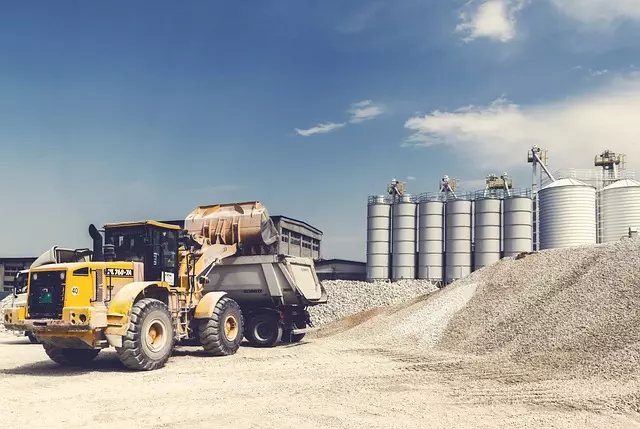Industrial hygiene in food processing is crucial for worker safety and product quality, focusing on hazard recognition and assessment of production processes, raw materials, machinery, and environmental conditions to identify potential risks. Once hazards are identified, exposure monitoring measures worker exposure levels to ensure compliance with health and safety regulations. This process involves evaluating the effectiveness of safety protocols and facilitating continuous improvements, using strategies like strict sanitation, personal protective equipment, ventilation systems, and regular machinery maintenance to mitigate unique industry-specific challenges.
The food processing industry plays a vital role in feeding populations worldwide, but it’s not without its challenges. This article delves into the critical aspects of ensuring worker safety within this sector, focusing on industrial hygiene, hazard recognition, and exposure monitoring. By understanding common health hazards—biological, chemical, and physical—and implementing structured risk assessment methods, facilities can effectively mitigate risks. Regular inspections, employee training, and continuous monitoring are key to fostering a safe working environment in food processing.
- Industrial Hygiene in Food Processing: Identifying Potential Hazards
- – Overview of industrial hygiene in food processing facilities
- – Common health hazards: biological, chemical, physical
Industrial Hygiene in Food Processing: Identifying Potential Hazards
Industrial Hygiene in Food Processing plays a pivotal role in identifying and mitigating potential hazards that workers may face on a daily basis. The first step involves thorough hazard recognition and assessment, where professionals meticulously examine every aspect of the production process. This includes scrutinizing raw materials, machinery operations, and environmental conditions to pinpoint any risks such as chemical exposures, physical dangers, or biological hazards. By recognizing these threats, companies can implement targeted strategies to minimize worker exposure.
Exposure monitoring is a critical component of industrial hygiene. It involves measuring and evaluating the levels of hazardous substances in the air, on surfaces, or within specific work areas. This data helps in understanding the extent of exposure and justifying control measures. Regular monitoring ensures that safety protocols are effective and allows for continuous improvement in creating a safer working environment within the food processing industry.
– Overview of industrial hygiene in food processing facilities
Industrial hygiene in food processing facilities plays a pivotal role in ensuring worker safety and maintaining product quality. It involves identifying, evaluating, and controlling potential hazards present throughout the production process. By implementing robust industrial hygiene practices, these facilities can mitigate risks associated with various chemicals, biological agents, and physical factors that may pose threats to employees’ health.
Hazard recognition and assessment is a fundamental step in establishing a safe working environment. This process entails identifying potential sources of exposure, such as airborne contaminants, ergonomic stressors, or hazardous materials used in processing. Once these hazards are recognized, exposure monitoring becomes crucial. It involves measuring and evaluating worker exposure levels to ensure they remain below established safety thresholds. Regular monitoring helps maintain compliance with health and safety regulations while facilitating proactive measures to protect employees from occupational risks specific to the food processing industry.
– Common health hazards: biological, chemical, physical
The food processing industry presents a unique set of challenges when it comes to worker safety and health. One of the primary concerns is the potential for hazard recognition and assessment related to various types of hazards present in the workplace. These include biological, chemical, and physical agents that can pose significant risks to employees if not properly managed.
Industrial hygiene plays a crucial role in identifying and mitigating these risks. Biological hazards such as foodborne pathogens and allergens require strict sanitation practices and personal protective equipment (PPE). Chemical hazards, including cleaning agents and processing chemicals, necessitate proper ventilation systems and safety protocols for handling and storage. Physical hazards, like machinery and equipment, demand regular maintenance, guardrails, and comprehensive training programs to prevent accidents and injuries. Effective exposure monitoring techniques are essential for tracking worker exposure levels to these hazards, enabling employers to implement necessary control measures and ensure a safe working environment.


